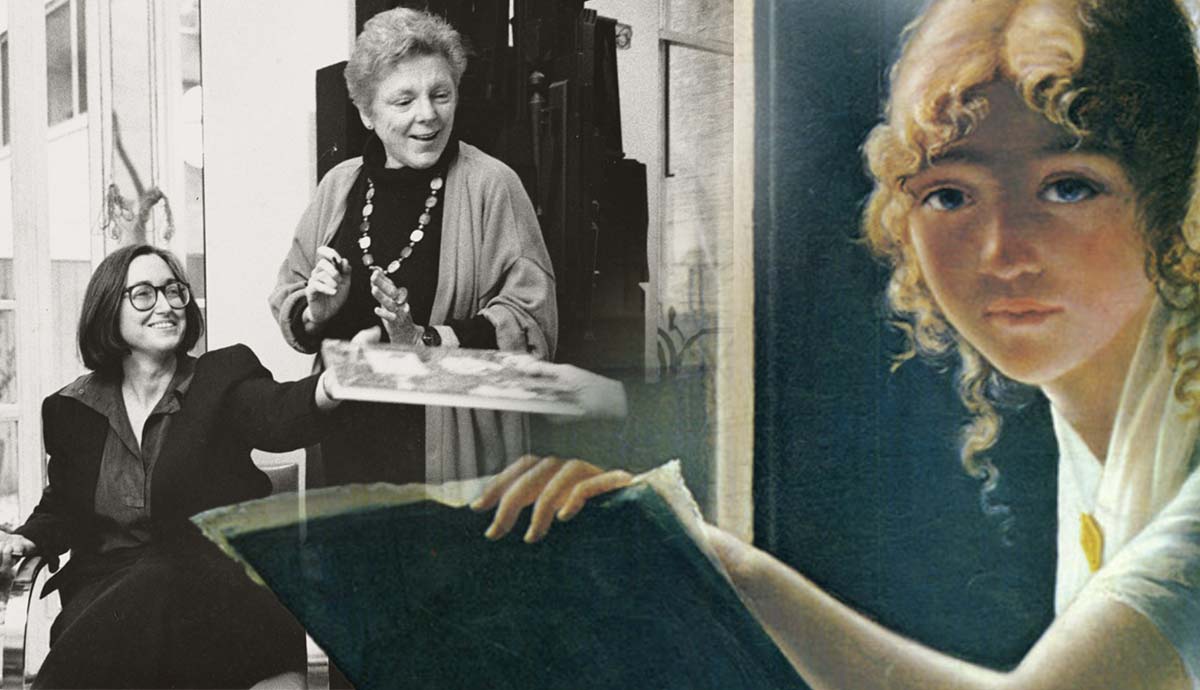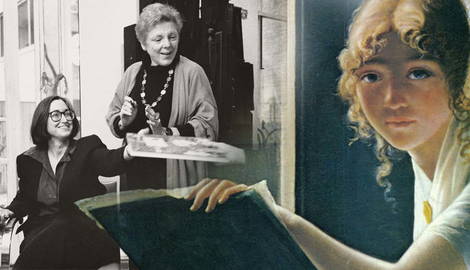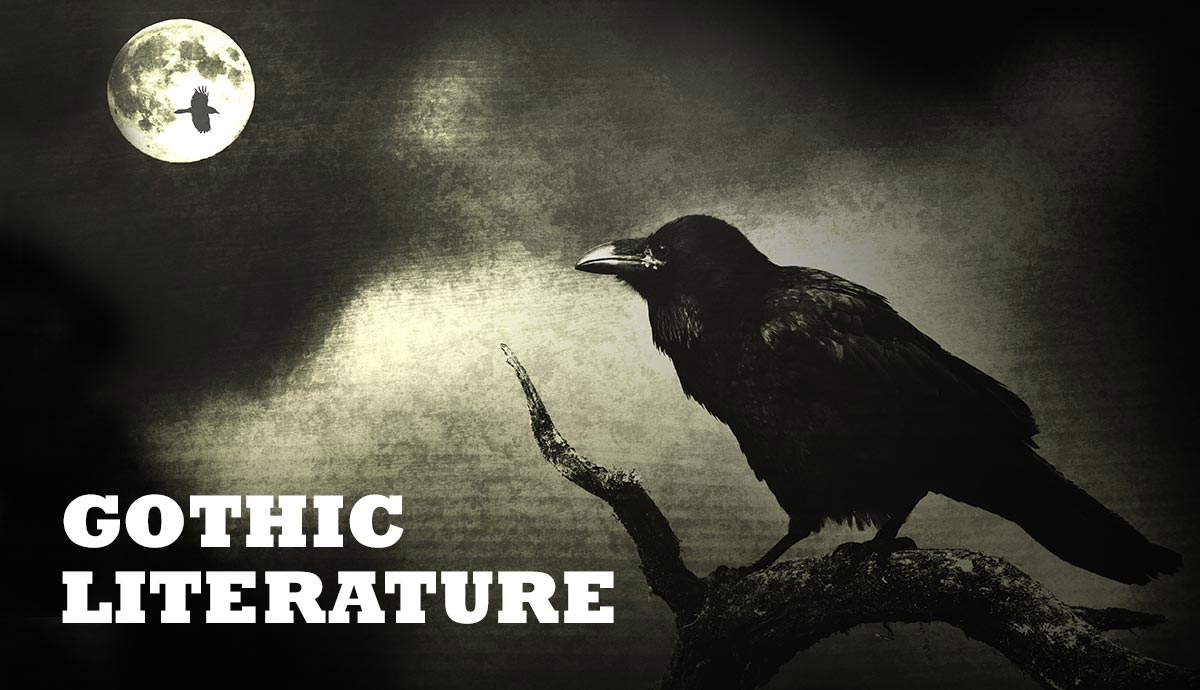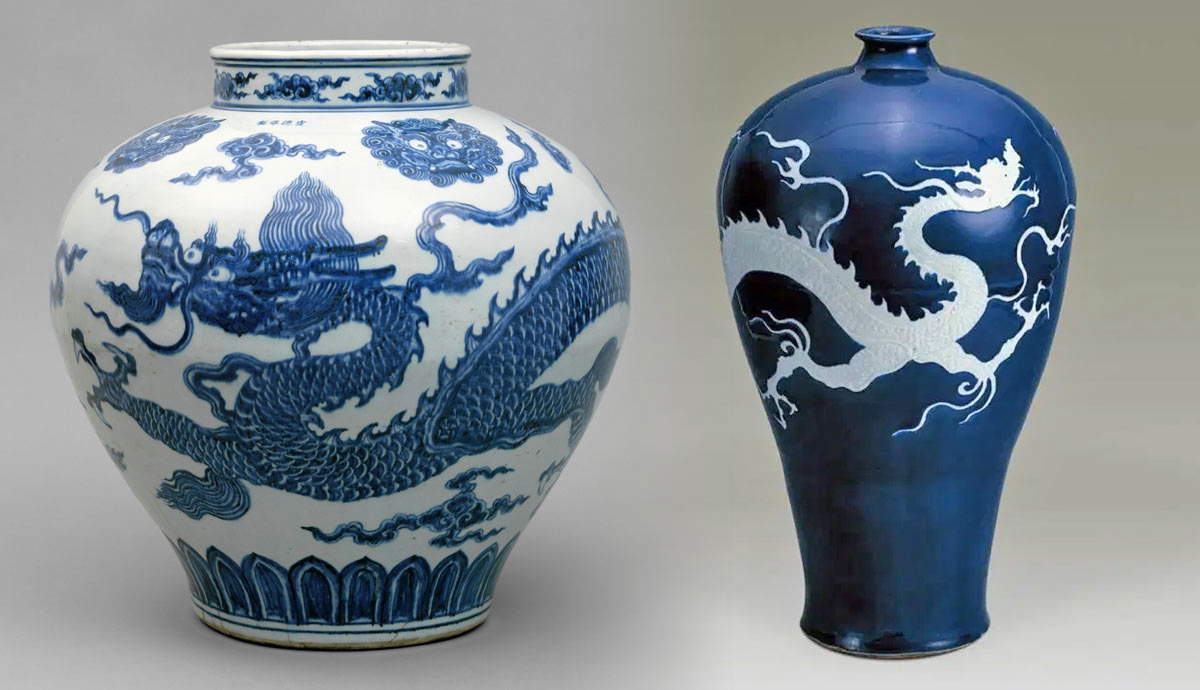
Linda Nochlin was a prolific author, a renowned professor, and a trailblazer in feminist thinking. This intriguing woman pioneered the field of feminist art history, and her writing inspired a generation of scholars to rethink how we look at art and artists, who is included in the canon of art history, and what systemic barriers to participation exist in the art world. Who is the woman behind the famous essays and books, and what formed and shaped her worldview?
The Beginning: Linda Nochlin’s Early Life

Born Linda Weinberg in 1931, Linda Nochlin grew up as an only child in Brooklyn. She has described her upbringing as paradisiacal, stating that she was “loved, encouraged, and adored” in a 2010 interview with James McElhinney. Her family was financially comfortable and culturally Jewish, though she and many in her family considered themselves atheists, a position shared with only around 3-4% of the US population at the time. Nochlin’s extended family and community were also rather progressive in their political beliefs, so while she might have been raised during a time when women were largely confined to homemaking and childrearing, the scholar grew up in an environment where nontraditional values were explored and celebrated.
Her mother, Elka Weinberg, had Linda at the age of 21, and Weinberg instilled in her young daughter a love for music, literature, and visual arts. According to the recorded interview with McElhinney, the groundbreaking art historian’s grandparents moved opposite the Brooklyn Museum, and she recalled, “I cannot even remember a time that I wasn’t familiar with that museum and the works in it.” Deep immersion into the world of art as a child laid the foundation for an appreciation that would evolve into important scholarly work in the field of art history.
Education: Exploring the Liberal Arts

Nochlin attended Brooklyn Ethical Cultural School and Midwood High School, graduating at age 16. Her collegiate path to becoming the preeminent feminist art historian in the field started at Vassar College, a small but prestigious liberal arts college in Poughkeepsie, New York, where philosophy intrigued her as an undergraduate student. When Nochlin attended, Vassar was the all-women’s “sister school” to Yale University, though it later became coeducational in 1969. Nochlin had described it as relatively conservative but with a core group of radical students and more progressive than other women’s schools at the time. It was in this environment that the famed art historian earned her Bachelor of Arts degree in philosophy with a double minor in Greek and art history at age 20 before going on to Columbia University to obtain her Master of Arts in English.
Although she had never intended to pursue art history as a career, while working for AT&T, she was tapped to teach undergraduate courses at Vassar by the head of the art history department. During her time as a professor at Vassar, Nochlin decided to pursue her Ph.D. in art history. Over the following decade, Linda Nochlin continued teaching college courses at Vassar while working towards her doctorate at the Institute of Fine Arts at New York University. Her thesis research on artist Gustave Courbet was later published as a book.
Teaching: Inspiring the Next Generation

Nochlin found great joy in teaching at the college level, though she admits that the early years were a time of transition. Barely out of undergraduate courses, the young college professor found herself teaching students she used to spend time with on campus. She was suddenly a colleague of the instructors she admired as a student. During her years at Vassar, she had no teaching assistants, which made for a heavy workload but allowed her to get to know each of her students well.
In Nochlin’s 1994 essay “Starting from Scratch,” she describes how her career in teaching coincided with the creation of the field of feminist art history. In her first undergraduate seminar focused on the depiction of women in art, Nochlin lumped herself with her students, stating, “Although as teacher of the group I had a certain priority in directing the inquiry, I was in many ways as ignorant as my students as far as bibliography or background was concerned: everything had to be constructed from the beginning.”
Nochlin noted in her 2010 interview, “I’ve always been privileged to have absolutely marvelous students,” while, for their part, her students felt equally privileged to learn from one of the leading art historians of their time. She was known for setting high standards and making herself available to budding scholars for assistance or advice. Following her time at Vassar, Nochlin taught graduate-level courses at City University of New York (CUNY) for nine years, then taught at Yale for two years before returning to the Institute of Fine Arts, where she had earned her doctorate. She remained at the Institute until her retirement in 2013.
Writing: Taking Art History in a New Direction

Nochlin’s undisputedly most popular work is “Why have there been no great women artists?,” published in 1971 in ARTnews. Having been asked this question by a colleague, Nochlin began to dissect the query, only to find that there were myriad answers, and they were not what scholars had previously assumed. She asserted in her essay that it was not a lack of talent or awareness of female “greatness” that was preventing the art historical canon from being well-rounded, but rather a lack of educational and professional opportunities for women.
Women had historically been barred from admittance to the most prestigious artistic academies and societies, prohibited from studying nude models, and discouraged from pursuing art professionally. For the rare few women who surmounted those obstacles, their work was still often relegated to secondary status compared to the work of men. It was this pivotal piece that many consider the first significant piece about feminist art history, and it would launch Nochlin’s prolific foray into writing.
Nochlin went on to write, contribute to, and edit a number of publications that were well-received by fellow scholars. It may be tempting to pigeonhole Linda Nochlin as a writer who is only interested in feminist art history. While the subject was clearly the primary focus of her research and writing, she had other interests, as well. Some of her titles include Courbet; Realism (Style and Civilization); Women, Art, and Power and Other Essays; and Representing Women.
Personal Life: Acceptance, Resilience, and Perseverance

Nochlin’s warm, inclusive spirit and her resilience have not been reported on to the extent that her writing has, although these personal traits are arguably equally as impressive. She met and married Philip Nochlin in her early years of working at Vassar College when she was 22 and had a daughter, Jessica, while pursuing her doctorate.
They had a large community of friends, and Nochlin noted they had guests over for dinner nearly every night. Sadly, Philip Nochlin died in 1960 before she completed her degree, which she finished as a single parent to her child. She married fellow art historian Richard Pommer in 1968 and had a second daughter, Daisy, but was widowed again in 1992. It is against the backdrop of great personal loss that Nochlin became the respected author and professor that she is known as today. She did not retire until age 82 and passed away four years later.
On a personal level, her students remember Nochlin as someone who delighted in helping promising scholars fulfill their potential and strived to make all feel supported in her courses. In an article published shortly after her death, Nochlin’s students spoke highly of her, with former student Matthew Israel stating, “She was so generous with her knowledge and time and she seemed to truly listen and consider what you had to say. I was consistently amazed how she could be one of the most famous art historians in the world but also give anyone she was in conversation with both her attention and input.”
Legacy: What Nochlin Left Behind for the Field of Art History

While second-wave feminism was gaining momentum all around Linda Nochlin in the 1960s, she holds the honor of being one of the most influential scholars to apply contemporary ideas about feminism to the field of art history. Her research and writing about both historical women artists and the portrayal of women in art throughout history have been a springboard for thought, and her essays continue to be assigned to art history students as required reading. In a broader sense, Nochlin was one of many women from the 1950s onward who pushed back against the assumption that women were destined for supporting roles, both within and outside of the home.











